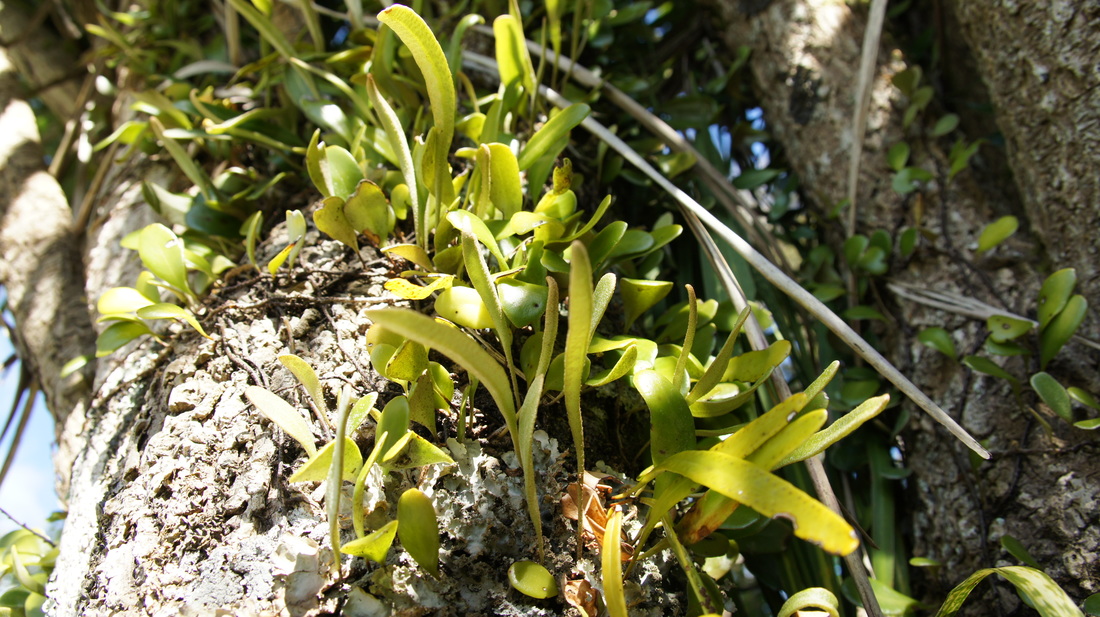You’ll be hard pressed to strike land at this latitude – the 40th parallel South. However, the thin slivers of land that can be found, such as New Zealand and southern Chile, provide the terrain for Southern Temperate Forests and a diverse array of epiphytes that live within them. Straddling the South Pacific, these tracts of lands may share a common latitude and landmass origin but will the epiphyte ecology show any similar patterns across these far-flung regions?
Epiphyte succession occurs at a sluggish pace due to the extremely specific microclimate requirement of particular epiphyte species. Colonisation will only occur when the optimal combination of conditions co-occur. Even once this transpires, these picky plants still need the opportunity to establish, i.e. their seeds or spores need to be in the right place and the right time.
More generalist species are often first to colonise a young tree or a patch following disturbance, such as Astelia hastata. These tolerant species create conditions that are conducive for the colonisation of further, often more specialised species by intercepting and trapping moisture and debris which form a moisture rich humus. Such facilitation mechanisms are an important driver of nested epiphyte-host networks.
Host tree size is also related to epiphyte succession as larger trees are usually older and therefore more likely to have accumulated specialised epiphytes. New Zealand epiphyte-host networks were on average larger than that of Chile in this study which may have led to the observed differences in the degree of nestedness.
Taylor A, Saldaña A, Zotz G, Kirby C, Díaz I & Burns K (2016). Composition patterns and network structure of epiphyte-host interactions in Chilean and New Zealand temperate forests. New Zealand Journal of Botany. 54(2): 204-222.



 RSS Feed
RSS Feed
